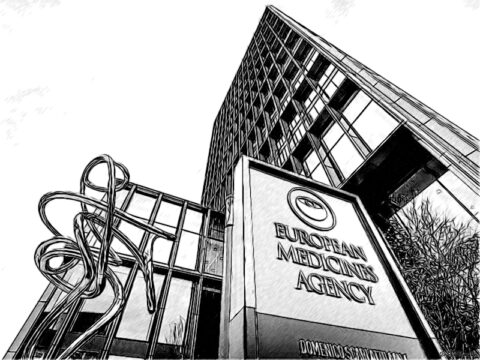At the outset of Covid, many pharmaceutical companies sought to repurpose drug treatments they had already developed to fight Covid.
It was reported in November in the EU Reporter that Aplidin, a drug made by global onocology lab PharmaMar initially for relapsed/refractory Multiple Myeloma (MM) showed promising results for treatment of adults with severe cases of COVID 19. According to PharmaMar data, the potency of Aplidin against the coronavirus was over 1000 times that of other drugs.
Although the drug was eventually approved for clinical trials, the response by the European Medicines Agency (EMA) as well as the Committee for Medicinal Products for Human Use (CHMP) and the Spanish Agency of Medicines and Medicinal Products (AEMPS) revealed concerning flaws in the approvement protocols in the Europe Union
There is speculation that politics may have influenced the decision-making process and created obstacles for the approval of the drug. The Myeloma Patients Europe, an NGO network representing over 40 patient associations, has expressed concern about the potential denial of the drug and has written a letter to the chair of the CHMP committee. In October 2022, despite supporting evidence of Aplidin’s effectiveness and a ruling in favor of the drug by the EU courts, the EMA appears to be continuing to delay or obstruct the drug’s authorization. PharmaMar has taken the EMA to court and requested clarification on the criteria for evaluating marketing authorization procedures. Overall, there are questions about the fairness and alignment of the market authorization process with the needs of patients seeking access to life-saving treatments.
A former CHMP member Dr. Bart Van der Schueren, stated that EMA has arbitrary procedures for market authorization and that “by phrasing a question [to EMA] you can already influence the outcome” and that “[the] FDA would function better [than EMA]”.
Another member, Jorge Camarero member explained that “we can make a mistake. In fact, I believe that some, sometimes, we have been mistaken….from my point of view, there are drugs that are effective, that can prolong survival, and have not been authorised”. Camarero said that “access to the market is given to drugs that are alike,” to avoid generating too much competition. When referring to Aplidin specifically, Camarero said “There could be patients who might benefit from this drug.”
There may be a sort of conflict of interests regarding new drug treatments between the EU member states and their regulatory agency, because the member states must reimburse medical institutions for drug treatments which are regulated by the EMA and CHMP. 2-term Executive Director of EMA Thomas Lonngren explained: “The CHMP is more difficult than the FDA when decision-making on Oncology products’, and they are saying that, you know, some of the CHMP members are influenced by the member states because of reimbursement issues.”
In 2020, the General Court of the European Union granted in full the application by PharmaMar, annulling a European Commission decision. The court’s decision, and its examination of potential bias, offers some insight into the drug approval process, specifically that some of the independent experts whose testimony formed the basis of the European Commission’s decision were concurrently working on a drug treatment product that would have been a rival to Aplidin. The court recognized that these circumstances may have had an adverse effect on a supposedly neutral process. The General Court’s decision noted: “the procedure that led to the adoption of the contested decision did not provide sufficient guarantees to exclude any legitimate doubt as to possible bias.” Meanwhile, Aplidin has been approved for treatment in Australia.
It appears CHMP and EMA are lacking in proper controls to ensure independence and impartiality in their review process. If these failures are so apparent in the Aplidin decision, what other drug treatments may have been kept from the public? What other advancements in medicine may have been lost? Who had influence in the selection of experts? Were any private companies involved?
Questions are being raised about the EMA’s practices and if or how internal regulatory bodies such as the European Ombsudsman should investigate, and how to make sure there is maximum transparency about the connections between regulatory agency staff and private institutions or businesses involved in research and development of drug treatments. Of course, the circle of experts being so small means there must occasionally be overlap, and overlap doesn’t mean there must be exclusion. Rather it is simply a reason for greater transparency, so that biases can be known and accounted for in the processes, and not unveiled only during costly lawsuits and court investigations.
Written by Simon Petherick

























